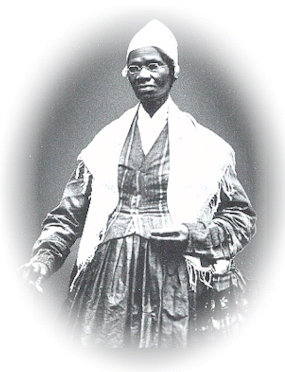
Many Immigrants through the years has immigrated to America being both legal and illegal. There was plenty of reasons why lots of them came to America having to deal with a political, economic, or for religious reasons. With this coming along, it brought about new cultures. Some of these countries that were immigrants entering America was Canada, Sweden, Chinese, and Japanese. They all had there own reasons for entering America. Some like to work on transatlantic railroads, while some economically wasn't doing the best. Agriculturally the farms had poor soiling, while cottages of the farmers. These Emigrates had hardships with the population around the Northern and Western parts of Europe, while dealing with agricultural hardships, and social crisis.In the time of 1809, the Russians lost battle while the Danish won in 1814 having total amount of pressure on Europe. Since there was more of vaccination of smallpox, there was a better chance of decreasing death of infants. As well as there was better supply of food, but made society worsen. Sweden had less communications and industries from other west European countries..
There was technical inventions and improvements through the years of the nineteenth century. New things came about of railroads and rivers, and building elementary schools while still there was agricultural problems for the Sweden. One forth of the emigrants of Sweden came from the cities between the 1850s and 1920s. During the ending of the 1860s, the Swedish dealt with agricultural problems, They began to have have crop failure, rotting grain and not such great fields. Swedish had left there countries since at this time 1869 became the starvation years. Millions of Swedish people emigrated to the U.S during 1868-1914. during 1910, less than 61% lived in cities and were born as Americans. This was a better way of living to the Swedish having better urbanized areas.Many emigrated to places like Chicago and Minneapolis.The labor market was better for the immigrants than the farm regions, having better jobs. When they lived in the U.S, the still spoke their own language. Many were living in populated areas of Chicago and Minnesota. Through the emigrated lives of Swedish people, there became a massive growth in population in the U.S.A.where they were able to have better agriculture and urbanized areas, and a better living.
http://www.americanwest.com/swedemigr/pages/emigra.htm






